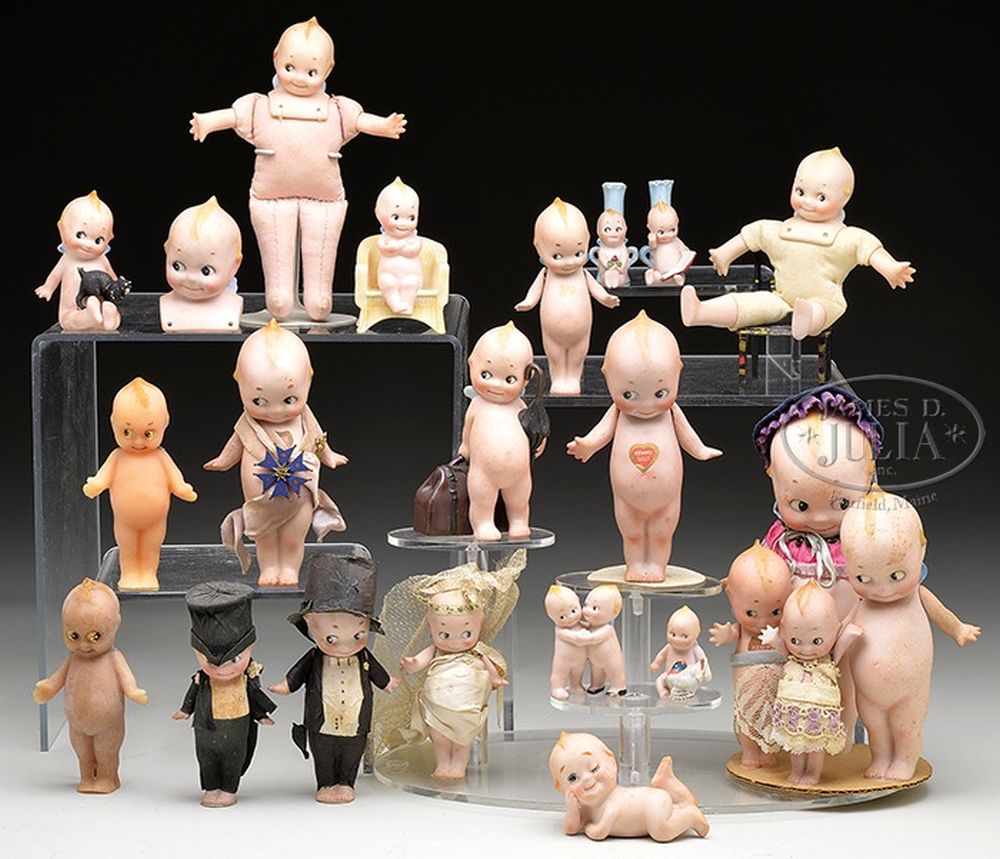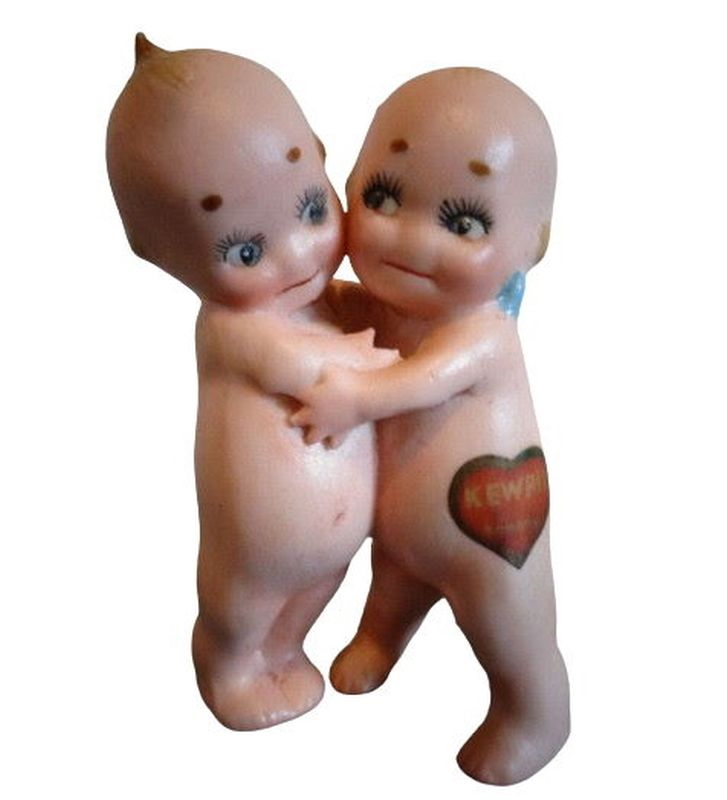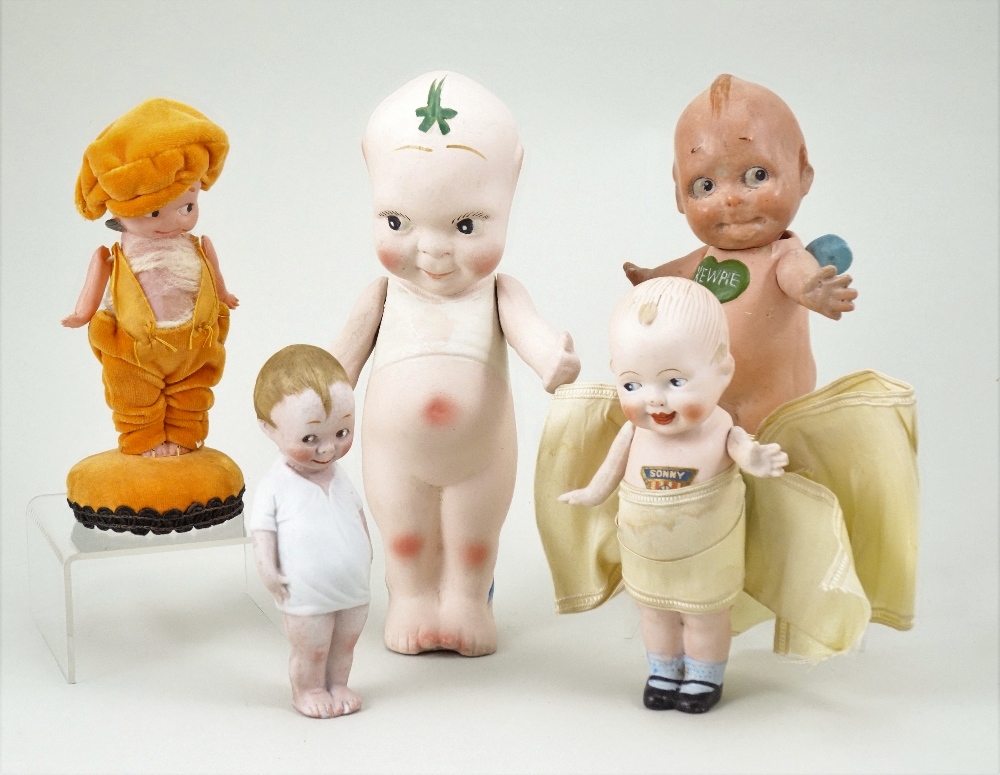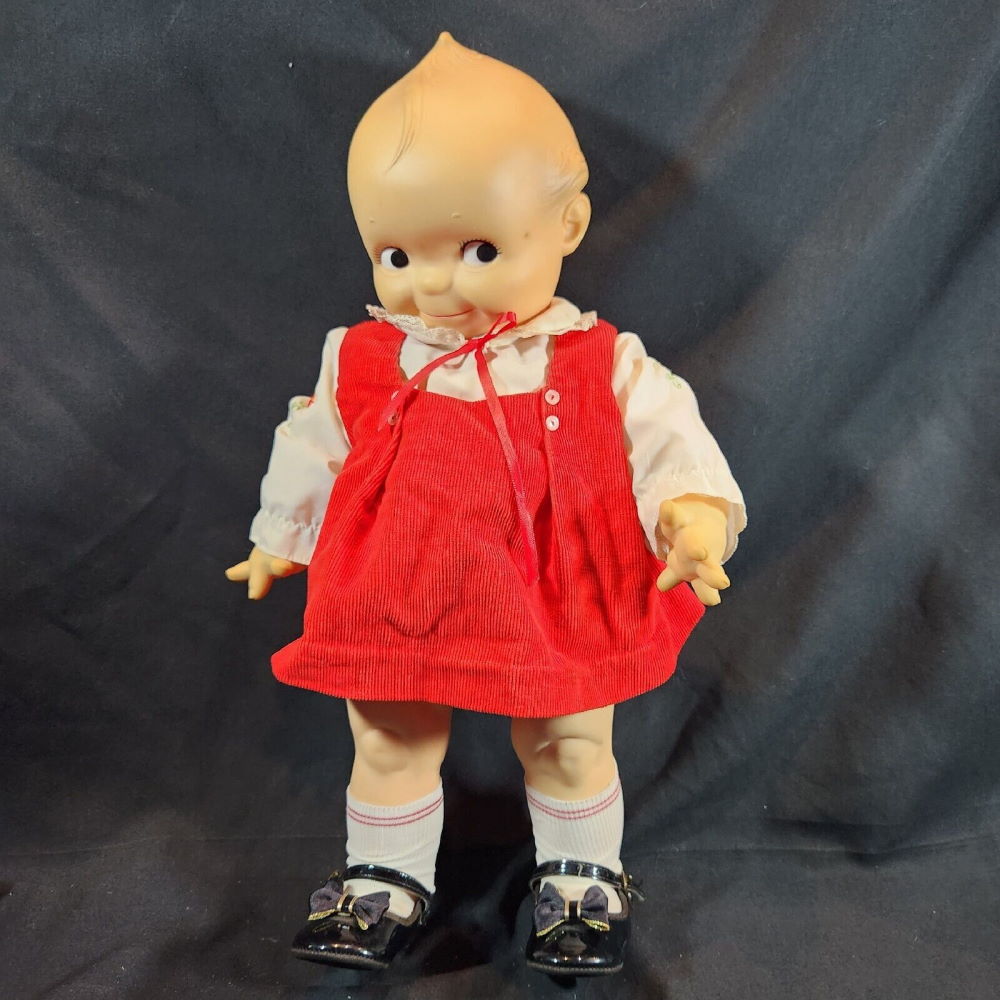Kewpie dolls, an emblem of early 20th-century innocence and charm, trace their lineage back to the imaginative world of Rose O’Neill, an artist whose creation outlived her time, evolving from paper illustrations to cherished collectibles. As we near the centenary of O’Neill’s first Kewpie drawings, a resurgence of interest in these figurines reflects not just a nostalgic yearning for the past but an appreciation for their artistry and cultural significance. We take a

The Genesis of Kewpies
Rose O’Neill’s Kewpies debuted in the Ladies’ Home Journal in 1909, marking the beginning of a phenomenon that would extend beyond the pages of magazines to become a tangible companion for children and collectors alike. These cherubic figures, with their distinctive topknot hair and impish smiles, were initially conceived in O’Neill’s vivid imagination, purportedly inspired by a dream. The name “Kewpie” derives from Cupid, the Roman god of love, underscoring the characters’ mission to spread joy and kindness.

From Illustration to Icon
The transition from illustrated characters to three-dimensional dolls began in 1912, when the first bisque Kewpie dolls were produced in Germany. These early versions, cherished for their hand-crafted quality and the detailed likeness to O’Neill’s drawings, laid the foundation for a merchandising boom. The Kewpies’ popularity soared, with their images gracing everything from doorknockers to advertising campaigns, promoting products from Jell-O to Colgate.
Rose O’Neill: The Mother of Kewpies
Behind the Kewpies’ cherubic faces was Rose O’Neill, an artist whose life story reads like a blend of fairy tale and pioneering adventure. Born in 1874 in Pennsylvania, O’Neill’s artistic journey began in the rural tranquility of the Missouri Ozarks and led her to the bustling streets of New York City. There, she broke through the gender barriers of her time, selling her illustrations under the initials C.R.O. to conceal her identity as a woman. O’Neill’s creation of the Kewpies not only brought her financial success but also allowed her to use her art for social advocacy, notably in support of the women’s suffrage movement.

Evolution of the Kewpie Doll
Over the decades, Kewpie dolls have been rendered in various materials—from the original bisque to celluloid, and later, hard plastic and vinyl. Each iteration reflected advancements in manufacturing and shifts in consumer preferences. The early 20th-century bisque and composition dolls, often hand-signed by O’Neill, are particularly prized by collectors for their authenticity and historical value. Despite the advent of photography reducing their presence in advertising, Kewpies remained a beloved brand, their production continuing through the efforts of companies like Effanbee, Cameo Co., and Jesco.

Collecting Kewpies
Today, Kewpie dolls occupy a special niche in the world of collectibles. Antique versions from the early 1900s command high prices, especially those directly linked to O’Neill. The value of these dolls not only lies in their monetary worth but in their ability to connect collectors to a bygone era of craftsmanship and whimsical charm. Modern reproductions and new interpretations continue to draw interest, demonstrating the enduring legacy of O’Neill’s creations.

Legacy and Renewed Interest
Kewpie Dolls are a testament to Rose O’Neill’s artistic genius, her pioneering spirit, and her belief in the power of art to bring joy and enact social change. The renewed interest in Kewpies underscores a broader cultural appreciation for the history of toys and their role in shaping societal norms and values. In the end, the story of Kewpie dolls is a narrative of innovation, resilience, and the enduring appeal of kindness and merriment. Rose O’Neill’s legacy, encapsulated in these diminutive figures, continues to inspire and delight, proving that even the smallest of creations can leave a lasting imprint on the world.
Related
Kewpie – An American Treasure Returns to Figurine Market
Rose O’Neill’s Kewpies A Symbolic Force in the Fight for Women’s Rights





